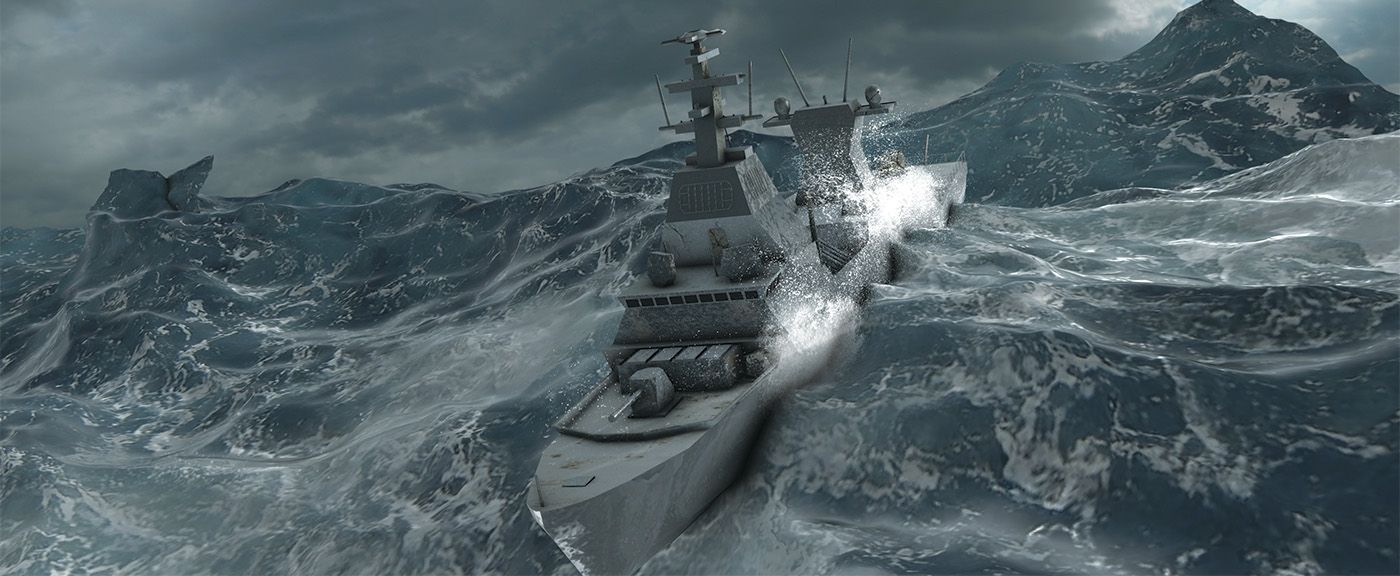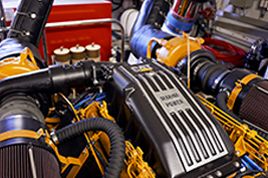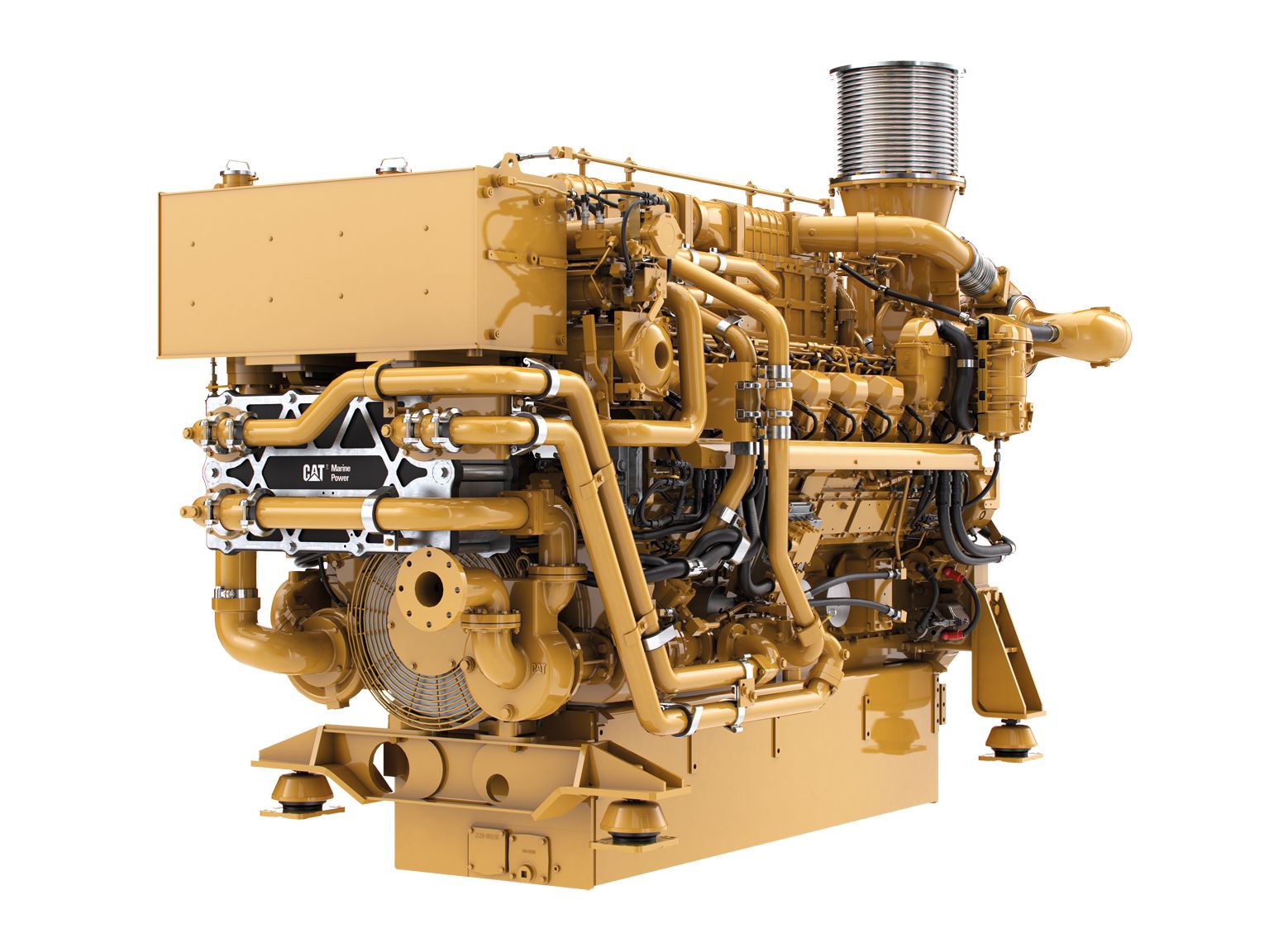If you already have an existing account with another Cat App, you can use the same account to sign in here
One Account. All of Cat.
Your Caterpillar account is the single account you use to log in to select services and applications we offer. Shop for parts and machines online, manage your fleet, go mobile, and more.
Account Information
Site Settings
Security
Caterpillar and the Diversified Naval Fleet: Manned, Unmanned and Autonomous Vessels
By Danielle Wills | Posted September, 2023
The maritime branch of a nation’s armed forces spans across a wide range of activities. Naval vessels have developed over time from wooden sailing ships stocked with cannons to today’s technology-laden ships and submersibles. All fill a critical role in national security and defense, including reconnaissance and surveillance, logistics and, in times of conflict, direct battle engagements and tactical support of other military branches.
Unmanned vessels, whether remote-controlled or autonomous, have been in development for a number of years, dating back to World War II when they were used for minesweeping. A true autonomous vessel does not require provisions for crew accommodation and reduces the overall need for traditional safety equipment and systems. Removing humans from naval vessels can facilitate the completion of maritime tasks that are challenging to perform with manned vessels. Unmanned vessels also offer economic benefits. Without a human crew, areas dedicated to sleeping and eating, as well as the inclusion of safety features, are not needed. Unmanned vessels can therefore be faster, promote lower cost of ownership and operate in harsh conditions without risk to personnel.
For routine operations, unmanned vessels can serve a number of roles. An important function of surface and submersible vessels in the future will likely be reconnaissance and surveillance. It’s anticipated they will also serve a key role in the logistics and transport of goods and supplies, especially in hazardous locations. Unmanned vessels can also serve as the vanguard to manned fleets, capturing data through their sensors, performing analysis and relaying results back to those in command.
The inclusion of unmanned vessels in a naval fleet offers greater flexibility in operations and the roles that human crews play. An unmanned vessel is not necessarily autonomous, as it can be operated remotely by a human operator. In such a scenario, the vessel may transmit collected data, and perhaps some analysis of that data, to a human decision-maker who controls the vessel. Alternatively, an autonomous vessel is not necessarily unmanned. An AI-enabled vessel that can run all systems and make operational decisions can free up a human crew (a smaller complement than on a traditional vessel) to focus on high-value activities and decision-making based on data that’s received.
The engines that run unmanned vessels must be robust and reliable, capable of operating without human intervention. Offshore missions demand the most dependable marine engine solutions. The durability and reliability that powers vessels—from tugboats to patrol boats and ocean-going surface craft to subsurface craft—have made Cat® propulsion systems and diesel generators a strong choice for unmanned fleet needs.
As part of a rigorous test regimen applied to all autonomous and unmanned vessel components, the Cat C9 engine has proven itself in conditions that replicate the most extreme operational demands. This includes different endurance tests which Cat engines are able to accomplish.
As marine vessels continue to evolve, the interest and demand for autonomous and unmanned vessels will as well. Regardless of technological advances, two factors – field-proven reliability and durability – will remain paramount for any fleet.
Related Content
-
The Cat® Blog
The Cat Blog is dedicated to sharing expert advice and industry knowledge to help our customers do the work better. Read our customer stories, tips and resources.
Learn More -
Marine
Learn how Caterpillar can be your partner on the water with our marine diesel engines & marine generators to keep your vessels running efficiently & profitably.
Learn More -
Marine Power Systems
Engine uptime is critical for you, your crew, your clients and your bottom line. That's why Cat propulsion engines power your vessel to any port. The industry's largest range of engines provide the reliability you need. Caterpillar Marine ensure that you have an engine on board that will work as hard as you do. Select from our wide range of Commercial Propulsion Engines, High Performance Propulsion Engines, Marine Generators, and Auxiliary Engines.
Learn More





